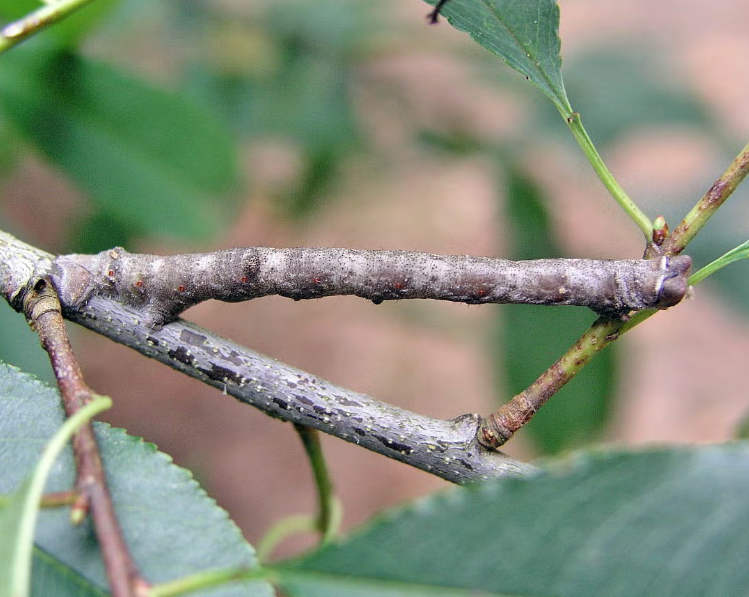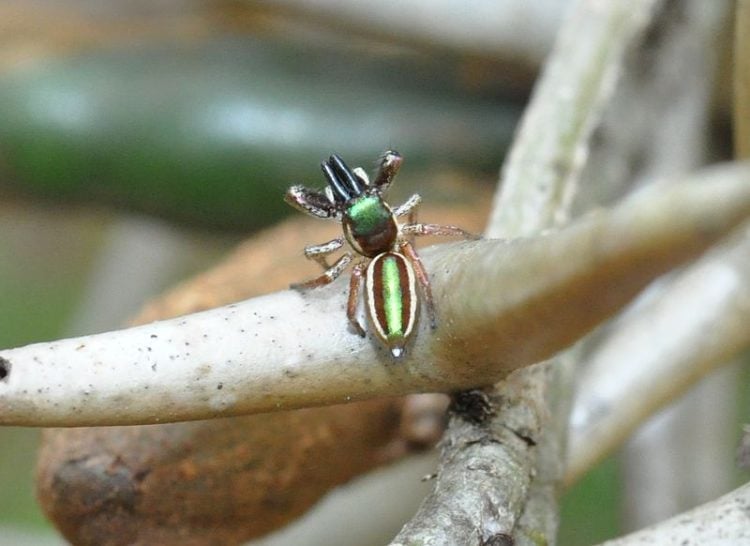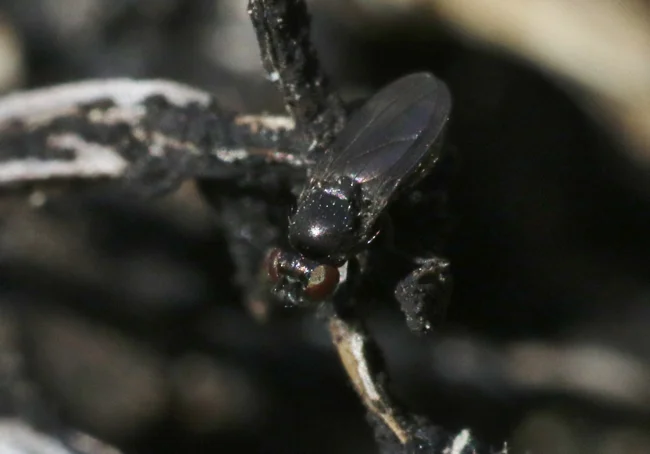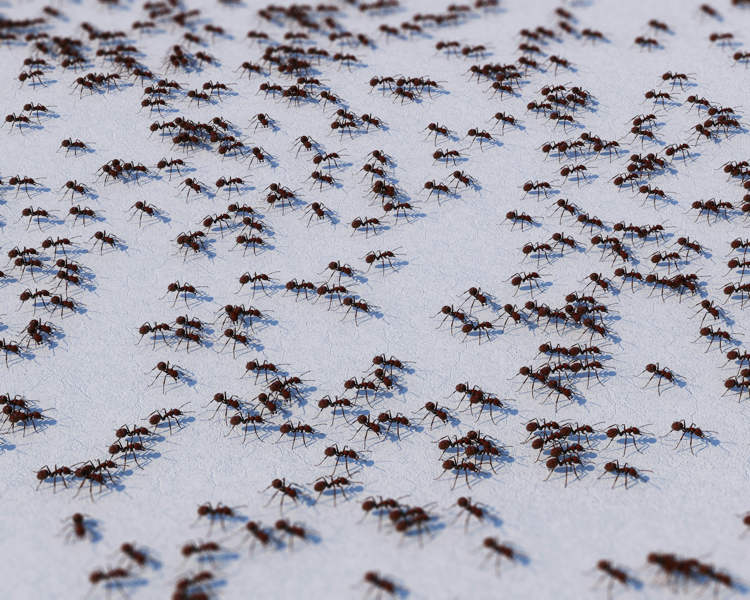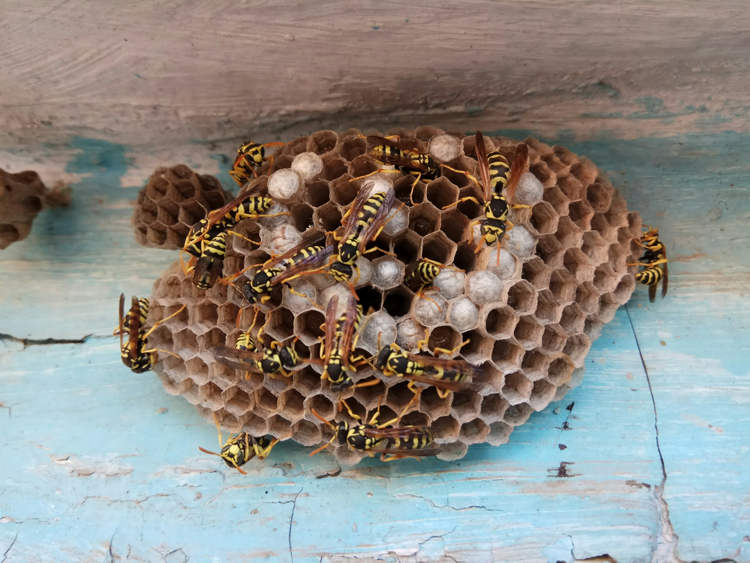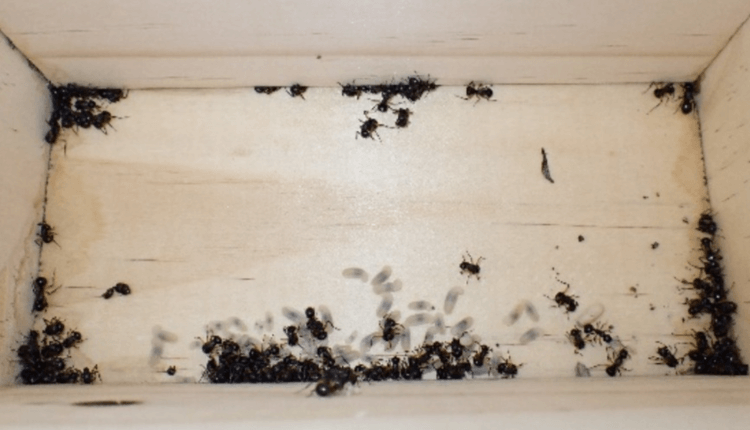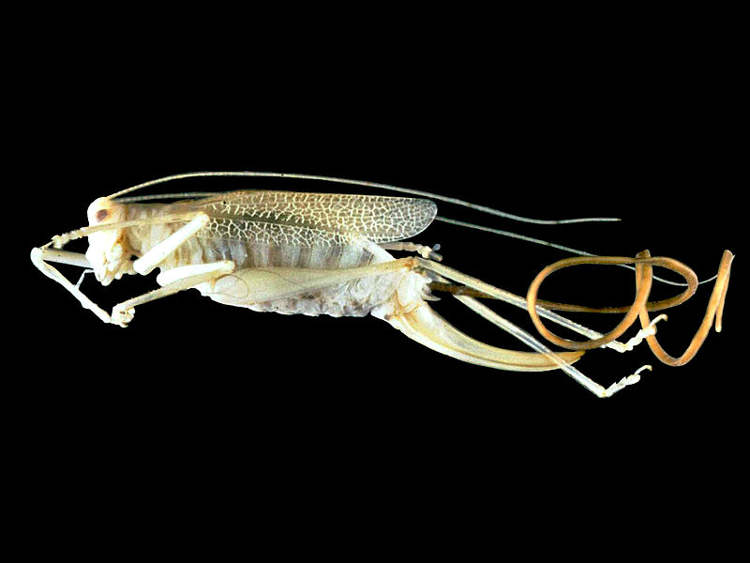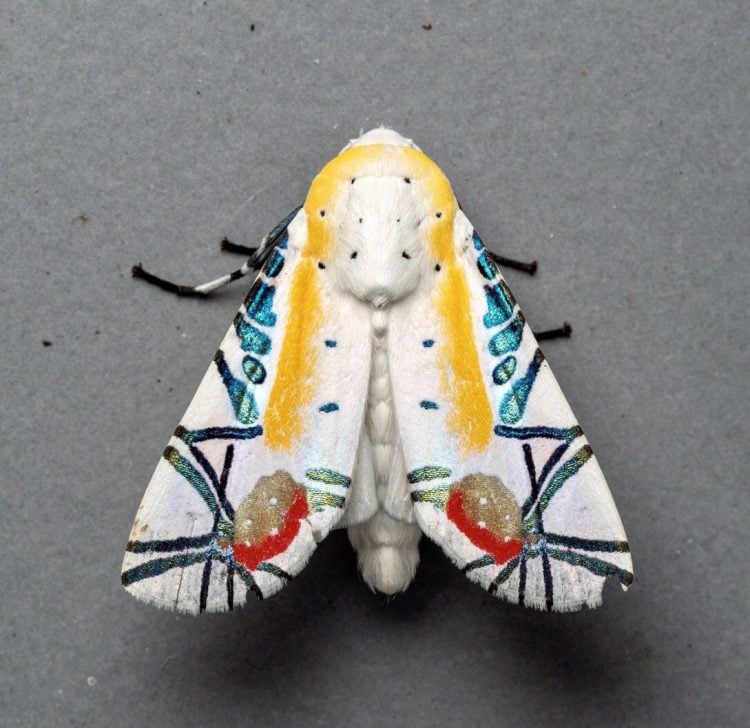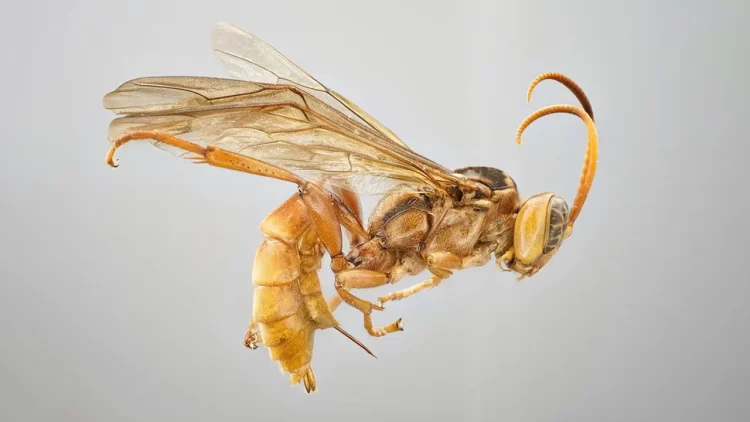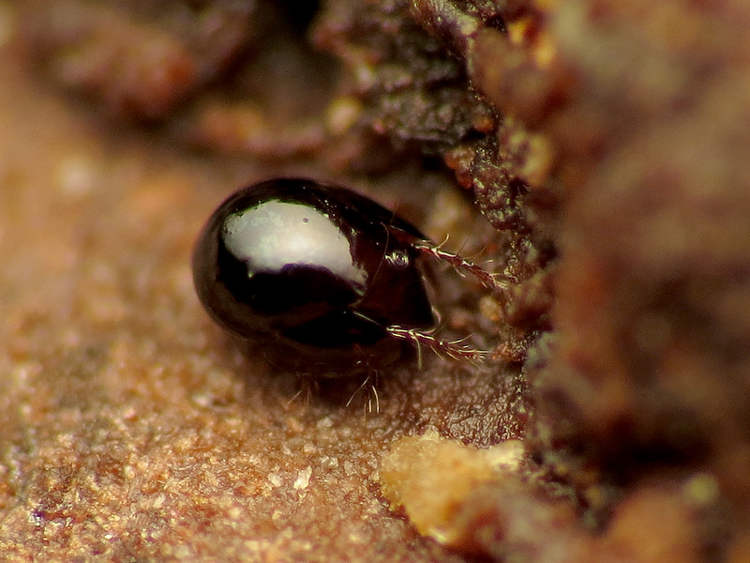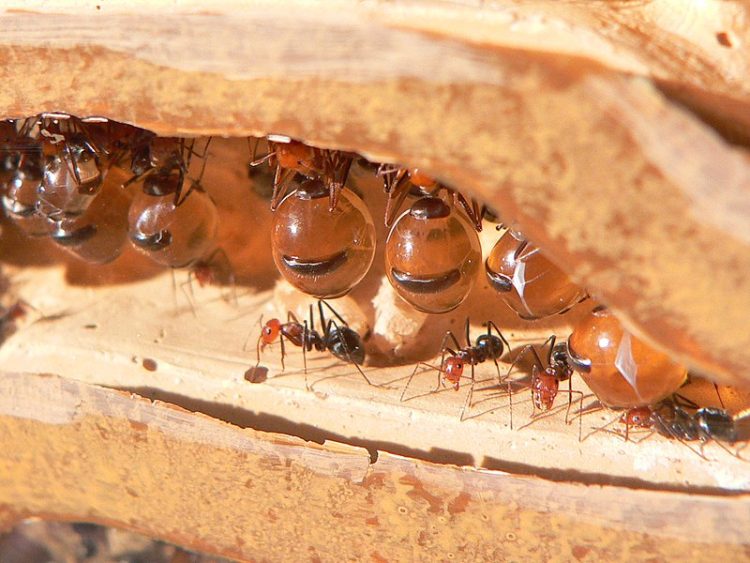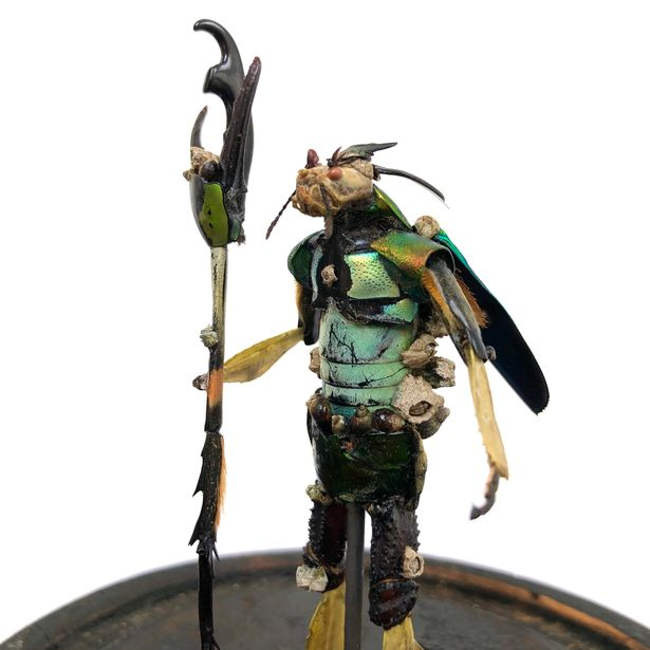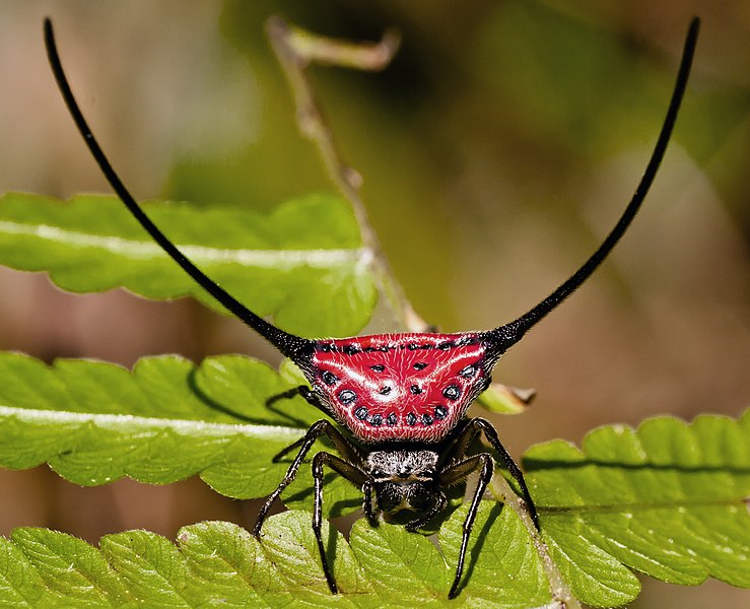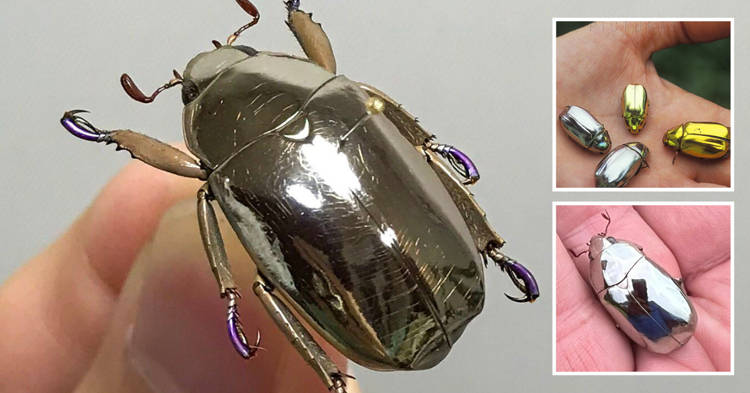The caterpillar of the peppered moth has one of the most impressive natural camouflages in the animal world. Not only do they look like lifeless twigs, but they can also change color to match their background.
Over the past 17 years, we’ve featured some of the world’s most incredible camouflages. From caterpillars that position themselves perfectly on mango leaves to blend in, to butterflies that look like dead leaves and moths with flies feeding on bird droppings on their wings, we thought we had seen it all. And then along comes the stick caterpillar to blow our minds once again. Found in different regions of the Northern Hemisphere, like Asia, Europe, and North America, the caterpillar of the peppered moth is a master of mimicry. Not only does it have the shape of a twig, complete with all its natural imperfections, but it can also sense the color of the branch it is resting on with its skin and change its color accordingly to protect itself from predators.

